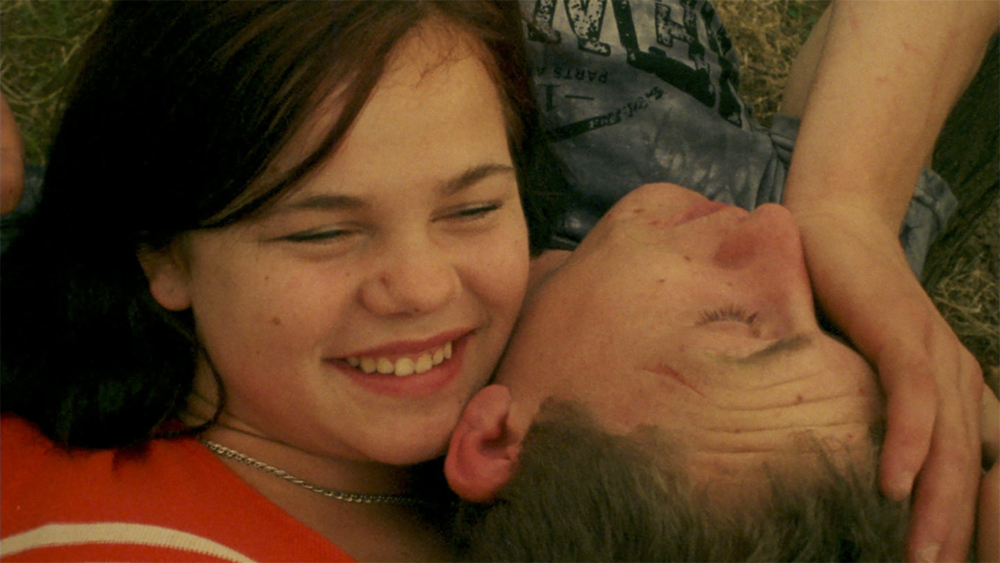Whether it’s because of the collapse of the USSR and the communism of the Eastern Bloc, or a hangover from World War II, much of the internal and local politics of Eastern Europe is a mystery to many. Whilst many nations have regained independence, other claims have been suppressed, ignored or put on hold. Old schisms still exist as do anomalies and rogue states. Transnistria is one such place. A breakaway state, globally recognised as part of Moldova, which is comprised of a narrow stretch of land bordering Ukraine.
Anna Eborn takes her camera to this contested area to focus on a group of youngsters over the course of a year, through a lazy summer and a bitter winter. In the ghost world between childhood and becoming adults, they swim, play, love and argue. Their hopes as fears are captured by her unobtrusive lens. In a place where jobs are scarce, poverty is rife and the military is still a large employer, options are limited and the future is hardly bright. In her new documentary, Transnistra, she captures a sense of aimlessness and hopelessness.
Shot in glorious 16mm, Transnistra’s strength rests in its authenticity. This unobtrusiveness allows us a glimpse into the lives of Tanya, Dima, Sasha, Tolya, Denis and Burulya, unspoiled by any machismo or showmanship. The boys hover uncertainly around the queen bee. Tanya is the undeniable focus here. Watching how this group dynamic fluctuates and evolves is fascinating. Transnistra is a striking portrait of teenage life in post-communist Europe.
Transnistra screens again at London Film Festival on 5 October.














No Comment